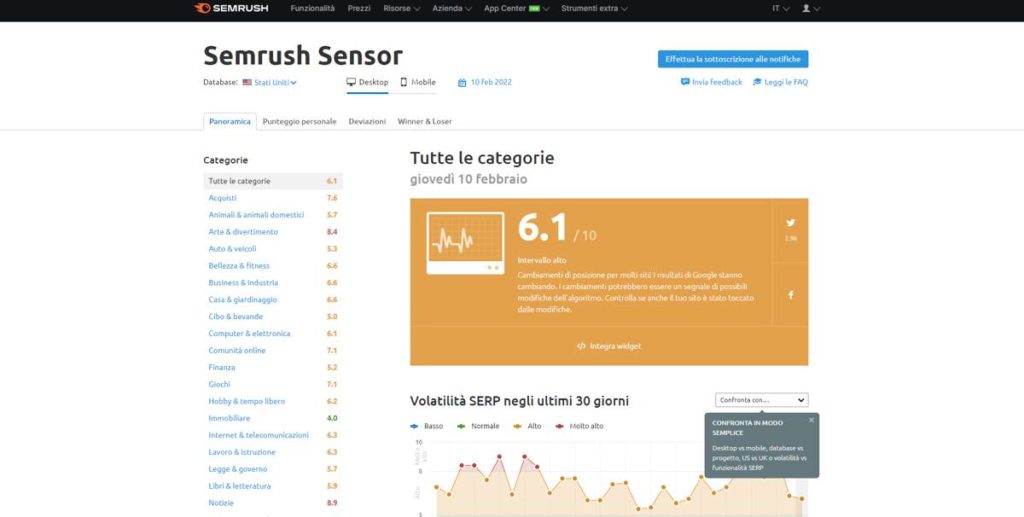
Moving a website requires that you upgrade the platform it is built on. This is known as website migrating. Here are some tips to help migrate your website. Learn more. This involves moving the entire website to a brand new one. You should ensure that your content is migrated from the old platform to this new one. Avoid duplicate content.
Rebuilding a website
When rebuilding a website following a migration, there are many things to consider. It is possible to increase traffic by moving your website to a new domain. However, before you embark on the process, you should be aware of the potential issues involved. These steps will help you avoid potential problems. Be sure to review customer reviews before beginning your project.
First, you should establish a staging environment for the new website. You can use this environment to add content, test, and launch your new website. Next, you should ensure that there are no broken pages, check engagement metrics, and monitor keywords. This is vital in achieving the desired SEO outcomes. Not only should you test the website's functionality, but you also need to be aware of technical aspects like SEO.
Construction of a New Site

It takes a lot of planning to build a new site after migrating one. You can ensure success by focusing on your "why," which is the reason you are migrating. Knowing this will help you target your goals more effectively. For example, if you want to gain greater domain authority, you may need to buy a domain with a higher authority. Maybe you want to completely change the brand of your business. In which case, you will need a domain having a higher authority. If you are only making structural changes to your business, however, you might not need to change the domain name.
It is vital to monitor rankings and traffic after site migration. Bad redirection practices may be responsible for a large drop in traffic and rankings over time. Your site's traffic and ranking should plummet to zero within six weeks. In the event that your legacy site is not in good standing, you should ensure that the transition to new sites is seamless and smooth. In the meantime, you'll need to monitor your keyword rankings, organic search traffic, and backlinks. If they haven't dropped to zero, it's time to start building a new site.
Configuring redirects
It is crucial to create redirects when migrating websites. It is vital to properly set up redirects in order to optimize SEO. To reroute all your visitors to your new site, use 301 redirects if your domain is not yet migrated. You need to verify that the migration is done correctly in a sandbox. An error of this magnitude can take months to fix so do not delay.
Next is to map all URLs. If you only need simple redirects, then you can just copy and paste the URLs. However, an SEO is required for complex redirects. A non-SEO might not appreciate the importance or necessity of redirects. It is not unusual for someone lacking technical knowledge make a mistake that causes site migration to become a disaster. Consider hiring an SEO for the task.
Avoid duplicate content issues

You should avoid duplicate content issues when migrating a website to another hosting provider. Google's indexing can be affected by duplicate content. This happens often with product descriptions and blog post content. A common solution to duplicate content is to rewrite the copy. This can be time-consuming and labor-intensive. There are many reasons for this problem, and we'll discuss them briefly in this article.
Human error is the main cause of duplicate content. Human error is one of the most common causes of duplicate content. You might have copied a page from an old website to your new site without realizing. Although it may be accidental, there are several ways to avoid duplicate content. Understanding the causes and how duplicate content problems occur is key. Then you can determine the best solution that fits your particular situation. Make sure you have unique URLs for each page to avoid duplicate content.
FAQ
How can I get started with SEO
There are many ways to get started with SEO. It is important to first identify the keywords you wish to rank for. This is known as "keyword research". Next, you will need to optimize every website page for the keywords.
Optimization involves optimizing titles, descriptions and meta tags. It also includes creating unique page URLs and linking to other websites. Once optimization is complete, you will need to submit the website to search engines such as Google, Yahoo!, or Bing.
To determine if you are succeeding, you must keep track of your progress.
How much does SEO cost?
SEO is a long-term commitment so you won’t see immediate returns. It is important to remember, however, that SEO is a long-term investment. The more people who find your site, then the higher it ranks in search engines.
Pricing for each service is affected by many factors including location, price, market size, competition, and keyword competitiveness.
Where can you find your keywords?
To find standard terms for your products or services, you will need to first consider the kind of products or customers you are offering. Once you have your list of phrases in hand, you can use Google Keyword Planner tools to identify the phrases people search for. Or you can go straight to search engines like Bing or Yahoo.
Why should I use SEO?
There are many reasons SEO is important.
It helps increase traffic to your site by ensuring that it appears high in search engine results.
Second, it helps increase conversions by ensuring that users find exactly what they're looking for when they type into their search bar.
Third, it increases brand awareness by helping customers find your business online.
Fourth, it enhances the user experience and allows them to navigate your website quickly.
It builds trust with potential customers and shows that you care enough to rank well in search engines.
How Long Does It Take To See Results From PPC Advertising?
Paid searches take longer than organic results, because they have no natural flow. If someone searches for something they expect to find the most relevant results on the first page. Paid search results have to be more convincing to convince people to spend money on advertising on their site.
What is On-Page Search Engine Optimization?
On-page seo refers the actions that you take on your website to increase its rank in search engines. On-page SEO includes things such as site architecture and page titles, meta tags and image alt texts. Off-page SEO is activities that are not related to your website and will help improve its rankings. These activities can include backlinks as well as social media shares and press releases.
Statistics
- If two people in 10 clicks go to your site as a result, that is a 20% CTR. (semrush.com)
- Sean isn't alone… Blogger James Pearson recently axed hundreds of blog posts from his site… and his organic traffic increased by 30%: (backlinko.com)
- A 62.60% organic traffic boost to that page: (backlinko.com)
- 64% of marketers actively create SEO campaigns because they help hit multiple key performance indicators (KPIs), including increasing traffic, helping your site rank for relevant keywords, improving your conversion rate, and much more. (semrush.com)
- Deleting those 10k pages is one of the main reasons that he improved his site's organic traffic by nearly 90%: (backlinko.com)
External Links
How To
How do you set up your first blog?
It's simple! WordPress is a powerful tool for creating blogs. The user can modify the look and feel of their blog easily by adding themes and changing fonts and colors. You can also use plugins to change the appearance of your website based on visitor activity.
There are many free templates available on wordpress.org, as well as premium templates that you can purchase. Premium templates include extra pages, plugins, advanced security, and more.
Once you've downloaded your template, you'll need to sign up for a free account with a hosting provider to upload your files and run your blog. While many hosting providers offer free accounts, there are often limitations on how much space you have, how many domains can you host, and how many email addresses you can send.
If you decide to use more than one domain name, you'll also need to buy separate email addresses. Some hosts charge a monthly fee for this service.
If you're new to blogging, you may wonder why anyone would pay to have a blog hosted online. Many hosts offer unlimited storage space so that your files will not be deleted even if they are accidentally deleted.
Many hosts also let users host multiple domains, meaning you could have several different sites under the same hosting package. You can avoid signing up for multiple email accounts and maintain all your sites through one interface.
Some hosts have social media sharing buttons built into their dashboards. This allows visitors to quickly and easily share content across the internet.
Most hosting providers provide tools for managing your blog. You can check your site's performance statistics, see how many visitors each post has received and compare your traffic to similar blogs.
These tools can make it easier to manage your blog faster and easier, so make sure you check them out before you buy a web hosting plan.
To sum up:
-
Choose a topic relevant to your business;
-
Create engaging content;
-
Optimize your site using SEO techniques;
-
Promote your site using social media channels;
-
Regularly review your statistics in order to make changes if needed.
-
Last but not least, make sure to keep your blog updated.
In summary, you need to create and promote good content and then track its success.